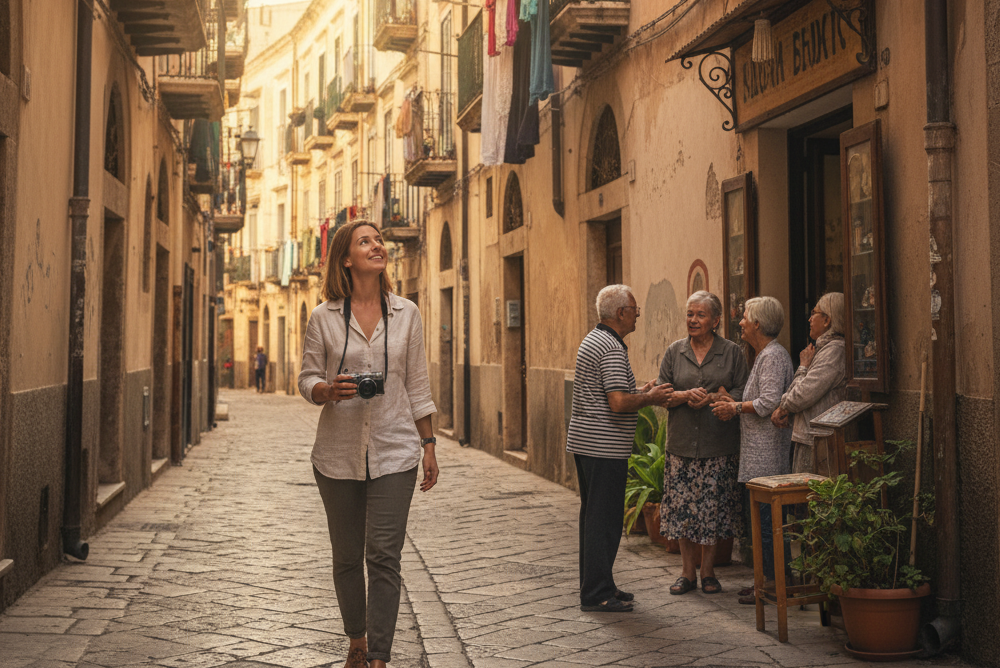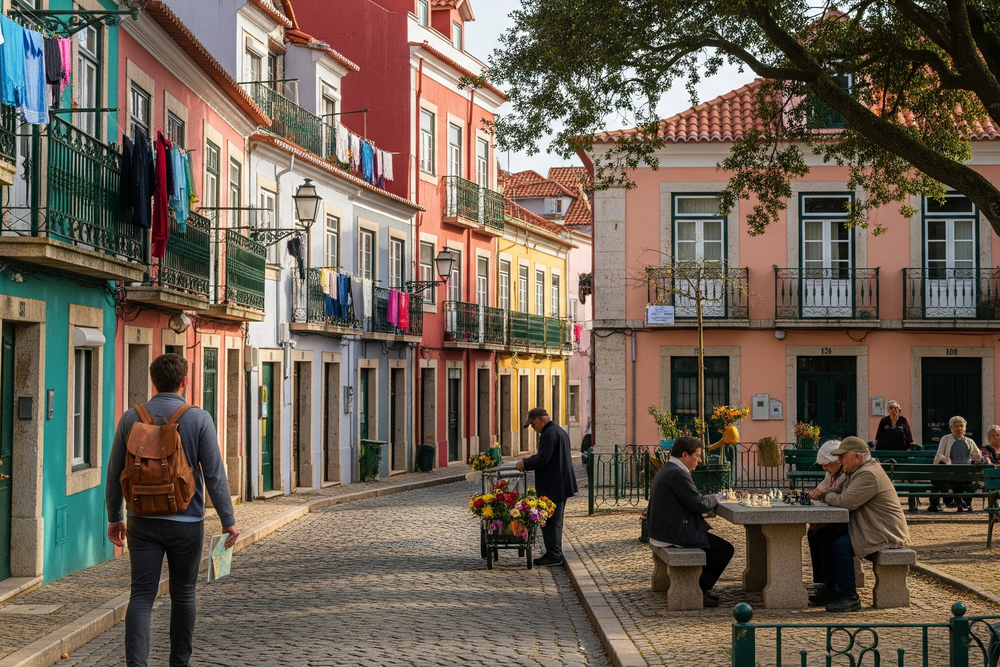How to Travel Like a Local: Tips for Authentic Experiences
Bryson Jenkins
2025-09-25
6 min read

In a world filled with curated travel itineraries and top-ten lists, the desire for something more genuine is stronger than ever. Many travelers are looking beyond the postcard-perfect landmarks and seeking a deeper connection to the places they visit. The goal is to move past being a tourist and to experience a destination as a local would. This approach transforms a simple vacation into a rich, immersive cultural exchange that leaves a lasting impact.
Rethink Your Itinerary
The first step to traveling like a local is to let go of the pressure to see everything. Tourist hotspots are popular for a reason, but they often present a polished, commercialized version of a culture. Authentic experiences are usually found in the quiet moments and unplanned discoveries that happen when you allow for spontaneity. Instead of packing your schedule from dawn until dusk, build in unstructured time to simply wander and observe. Choose a neighborhood to explore without a specific destination in mind. Walk down residential streets, notice the architecture, and see where people gather. This is where you will find the true rhythm of a city. You might stumble upon a small park filled with families, a bakery with a line of regulars, or a community art project that tells a story no guidebook ever could. These are the moments that provide a real sense of place.
Speak the Language, Even Just a Little
Making an effort to communicate in the local language is one of the most powerful ways to bridge the gap between tourist and local. You don't need to become fluent, but learning a few basic phrases can completely change your interactions. Mastering greetings like "hello," "goodbye," "please," and "thank you" shows respect and an interest in the culture that goes beyond a transactional relationship. This simple act can open doors. A shopkeeper might offer a warmer smile, a server might share a recommendation for their favorite dish, or a stranger on the street might be more willing to help you with directions. It signals that you see yourself as a guest in their home, not just a customer. In many cultures, the effort is appreciated far more than perfect pronunciation.

Eat and Shop with Intention
Food is a universal language and one of the most direct routes to the heart of a culture. While it can be tempting to dine at restaurants catering to tourists, the most authentic and often most delicious meals are found where locals eat. Look for small, family-run establishments, street food stalls with long lines of residents, and bustling local markets. Visiting a local grocery store or farmers' market offers a fascinating glimpse into daily life. You can see what ingredients are in season, what staples fill people's pantries, and how culinary traditions are practiced at home. Ask for recommendations, be adventurous, and try something you can’t identify. This curiosity will lead you to flavors and experiences you would otherwise miss. The same principle applies to shopping. Instead of buying mass-produced souvenirs, seek out items from local artisans and independent shops to support the local economy directly.
Use Public Transportation
Navigating a city's public transit system is a quintessential local experience. It forces you to understand the layout of the city and observe the daily commutes of its residents. Riding a bus, subway, or tram provides an unfiltered view of everyday life that you simply can't get from the back of a taxi or a tour bus. It’s also a more sustainable and budget-friendly way to get around. You might feel a little lost at first, but figuring it out is part of the adventure and will give you a greater sense of confidence and independence.
Engage with the Community Respectfully
Traveling like a local involves more than just observation; it requires respectful engagement. Seek out opportunities to connect with people. You could take a cooking class from a local chef, join a walking tour led by a resident historian, or visit a community center. These activities provide a platform for genuine conversation and learning. When interacting, approach people with humility and an open mind. Ask open-ended questions about their lives, traditions, and perspectives. Listen more than you speak. It's important to be mindful of cultural norms and to act as a gracious guest. Remember that you are in someone else's home, and your actions reflect on travelers who will come after you.
Ultimately, traveling like a local is a mindset. It’s about prioritizing connection over checklists and curiosity over comfort. It requires a willingness to step outside of the familiar and embrace the unpredictable. By slowing down, engaging your senses, and approaching your journey with respect and openness, you can transform your trip into an authentic experience that enriches your understanding of the world and your place within it.


